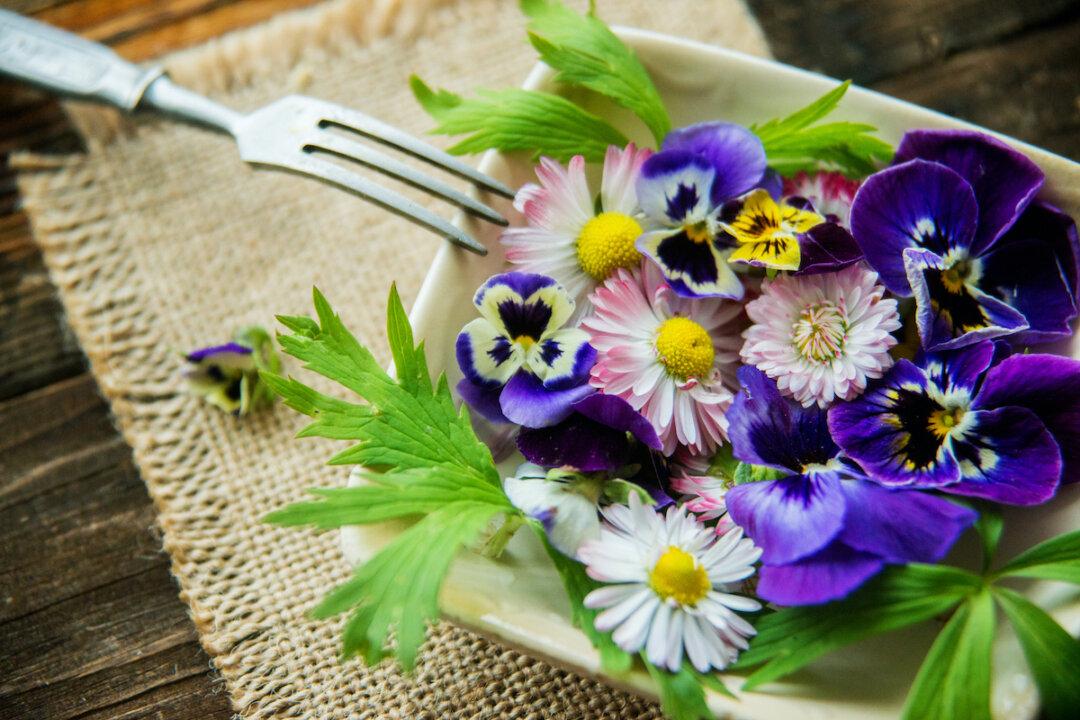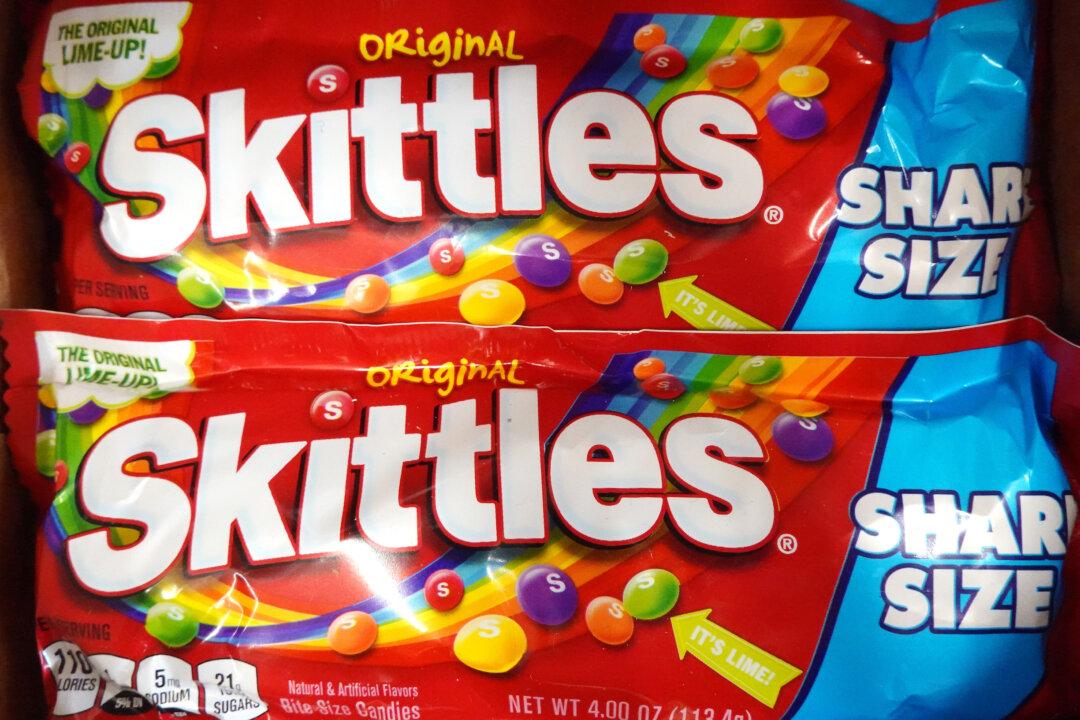If you’ve never thought about eating flowers, then you’re in for a treat! There are many edible flowers that aren’t only delicious in a wide variety of dishes but are also healthy.
We aren’t suggesting you run out into your garden or comb the roadsides or meadows for just any flowers. Only some flowers are edible, and there are a few guidelines you need to follow to ensure you are selecting flowers that are safe for consumption in main dishes, salads, sauces, and beverages.





